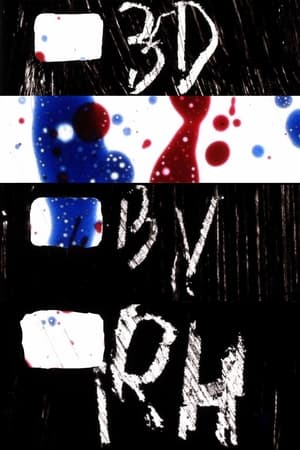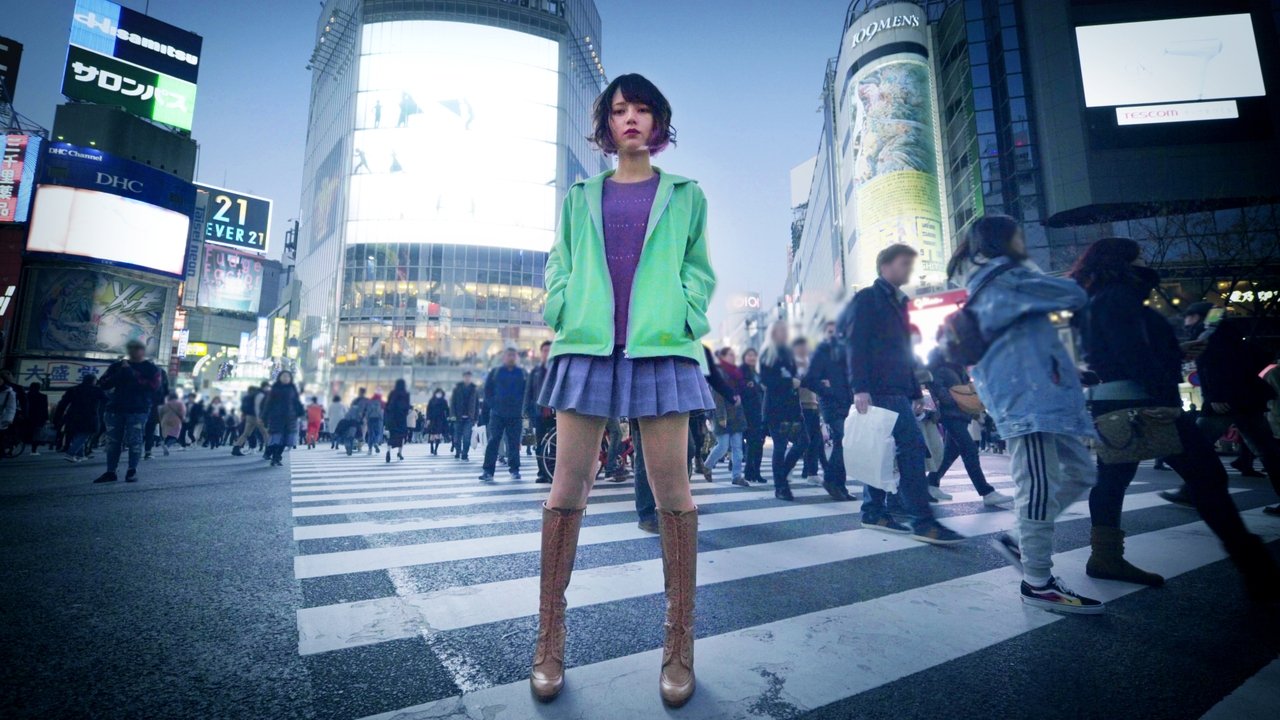
Shibuya Vernacular(2018)
A four-dimensional short anime will start at the very beginning of Shibuya Crossing, that is, 10,000 years in the past. The anime is part of a collaborative project helmed by Yoshitoshi Shinomiya. It features a hybrid of animation and live-action. The short was screened on Shibuya's Crossing screens and a YouTube-friendly version was posted as well. (Source: ANN)
Movie: Shibuya Vernacular
Recommendations Movies
 6.1
6.1Yes or No 2(th)
Kim and Pie are in love, but after graduation they have to travel into two different directions for their internship; Kim is going to work in a farm in the northern province of Nan, while Pie is going South to work in a fishery center. Their love is being tested by the distance between them.
Mist(en)
Silence dominates the work, as does the screen rectangle, which cuts off the “image” from a life time-space continuum and imposes upon the image its particular character. Within it, there is a play between tonalities, textures, large and small shapes.
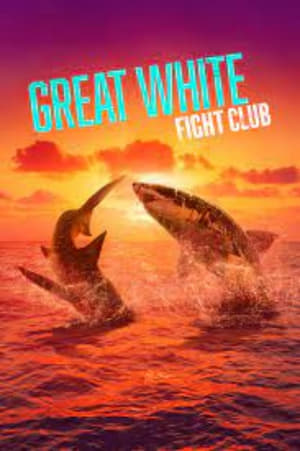 7.8
7.8Great White Fight Club(en)
Experts set out to prove that female great white sharks rule the ocean.
 7.5
7.5Leopard Fight Club(en)
Witness a remarkable coming-of-age story as we track a young leopard's journey from rookie to royalty in South Africa's lethal Big Five landscape. When we first meet Jack, he's clumsy, fearful, and weak, but he's a fast learner - and he'll need to be. He's destined for a showdown with the area's current leopard monarch, an alpha male with a real mean streak. We follow Jack as he hones his skills and builds up muscle for the ultimate catfight. It's a battle where only the winner will walk out alive.
 4.9
4.9Telephone Operator(en)
A telephone operator covering for a friend's "fling" finds herself in the middle of a major disaster when the city is hit by a big flood and her switchboard is the center of communications.
Hide(en)
HIDE is a contained psychological thriller about one resilient wife’s (Nadine Malouf) fight to escape her husband’s (Ben Samuels) escalating gaslighting and abuse during lockdown. The female-centric genre film is lensed in the wife’s evolving perspective as she slowly comes to see what is happening to her and finds the support to fight back. Visually mesmerizing and emotionally arresting, the film’s pace and pathos pull us into a story that will feel uncomfortably familiar to too many of us.
 4.3
4.3Psycho Hannibal(ja)
A series of bizarre murders. Psychometer Rinko cooperates with detectives in the investigation. The investigation is a difficult one, and the only clues are Rinko's visions when she is in ecstasy, and the crazy smile of a creepy man that appears vaguely.
 6.5
6.5NO STEP(id)
A group of students are preparing works for an art exhibition, they belittle a myth that "Any inanimate object that resembles a living thing, is not just a dead-object"
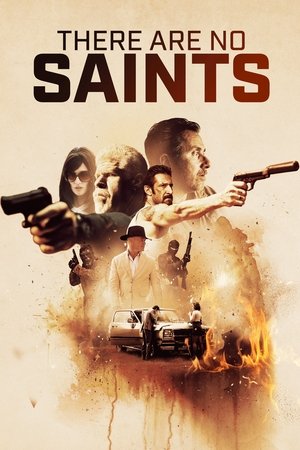 5.2
5.2There Are No Saints(en)
A man is imprisoned for a crime he didn't commit. When his wife is murdered and his son kidnapped and taken to Mexico, he devises an elaborate and dangerous plan to rescue his son and avenge the murder.
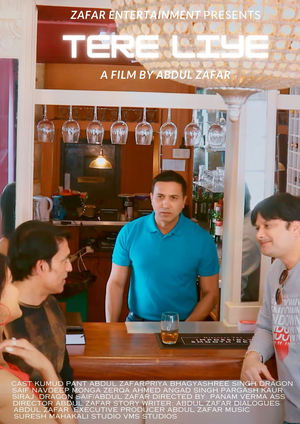 8.7
8.7Tere Liye(hi)
Prem, Raj, Priya, and Deepak were inseparable friends, bound by years of laughter and memories. However, beneath their friendship, unspoken feelings lingered. Raj was deeply in love with Priya and hoped to confess his feelings, believing she felt the same. One evening, Raj finally gathered the courage to tell Priya how he felt. She listened quietly, her eyes full of emotion, and then gently said, "Raj, I care for you deeply, but my heart belongs to someone else." Raj was heartbroken but asked, "Who is it?" Priya hesitated before admitting, "It's Deepak." Deepak, who had no idea of Priya's feelings, was stunned when Raj revealed the truth to him. Prem, ever the peacemaker, stepped in to remind them that love was never meant to break bonds but to strengthen them. In the end, Tere Liye became a story not just about romantic love but about the love that keeps friendships alive through honesty, understanding, and acceptance.
 10.0
10.0Life of a Mutt(sr)
Through seven scenes, the film follows the life and destinies of stray dogs from the margins of our society, leading us to reconsider our attitude towards them. Through the seven “wandering” characters that we follow at different ages, from birth to old age, we witness their dignified struggle for survival. At the cemetery, in an abandoned factory, in an asylum, in a landfill, in places full of sorrow, our heroes search for love and togetherness. By combining documentary material, animation and acting interpretation of the thoughts of our heroes, we get to know lives between disappointment and hope, quite similar to ours.
TimeWave Zero(en)
Terence McKenna gives us a detailed description of his TimeWave concept and a demonstration of the software Terence originated in his early exploratory period of deep study with the I Ching, the ancient oracular Chinese Book of Changes. He proudly takes us on a biographical tour of our culture from his personal library in the early 80's to what he saw the TimeWave project to 2012. Terence describes the Time Wave as his "only original work". The first part of this piece is the first visual description of Terence's unique theory. The second chapter of the tape astounds the viewer with the display of the the historical resonances that demonstrates how the last 4000 years are compressed into the increasingly speeded up, drawn and squeezed collective thoughts of the "Gaian matrix". Terence McKenna partnered with Sound Photosynthesis' media magicians Faustin Bray and Brian Wallace at the helm to create the visuals that dance and spiral with Terence's every suggestion.
 5.8
5.8The Library(th)
Jim falls in love with Ann who works at a library at first sight. The only obstacle for his love is the library's rule - "Keep Quiet." So he writes down his feeling for her in the books he borrows. Unfortunately, Ann never realizes what he does until one day she accidentally sees his messages but Jim doesn't show up at the library anymore with unknown reasons. How will this love end - in laughter or tears?
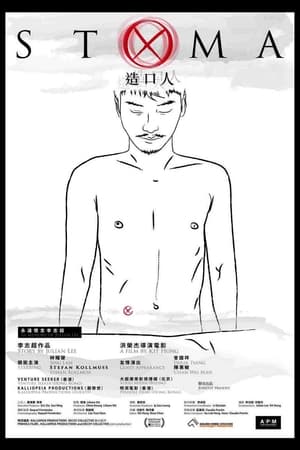 6.3
6.3Stoma(cn)
The film follows an emotionally harrowing journey endured by young gay photographer Alex, after he is diagnosed with peritoneal cancer. Abandoned by his brother and his on-again, off-again lover, Alex is forced to face his mortality and the loss of his sexual identity through sheer resilience. A devastating, but ultimately hopeful story of survival and resolve.
 6.6
6.6Homeshopper's Paradise(de)
Comedy tells the story of an Afro-German punk who starts working as a presenter on a teleshopping channel in order to save the trailer park where she lives with her community.
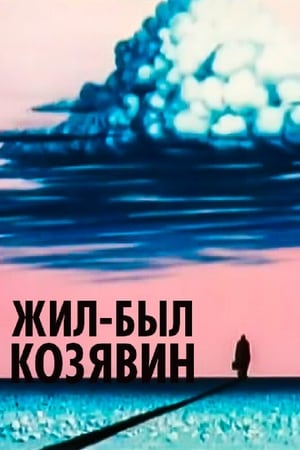 6.4
6.4There Lived Kozyavin(ru)
Kozyavin is ordered by his boss one day to find a man named Sidorov, and is pointed in a particular direction. The employee follows the indicated direction unswervingly to find him, encountering various obstacles along the way.
 7.0
7.0Long Live with Dearly Departed(cs)
Wealthy and ill Petr Kornel (Karel Hasler) is not pleased with the carousing lifestyle of his nephew. He stops supporting him financially and demands that he change his name. Out of gratitude Kornel bequeaths a substantial sum of money to his nurse Alice (Adina Mandlová) with the condition that she marries. Petr Suk (Hugo Haas), as the nephew is now named, visits the doctor. In the waiting room his X-ray is mistakenly switched with one of another patient's. On the basis of this he presently learns that he is seriously ill and has only one day of life left to him.
Similar Movies
 0.0
0.0Corner(pt)
The corner of a street is matched and mixed with the chant of a bird recorded on that same street. A symbiotic relationship is triggered: the rapid and successively repetitive montage cuts between the image of the street and the corners of the video frame itself produce new textures and shapes in our brain, whilst the sound follows the same rhythmic movements by emphasizing different “corners” (frequencies) from the bird’s singing. The energetic potency stemming from the junction of these elements creates a new image that is almost tactitle, maleable and rippling. The result is a somewhat humorous operation of the portuguese word "corner" throughout the different stages of making the piece, finally unveiling a piercing physical and kinetic experience for all the corners of our eyes and ears.
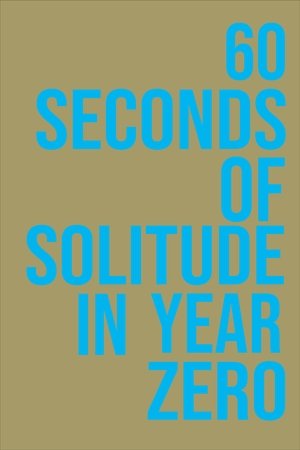 3.8
3.860 Seconds of Solitude in Year Zero(en)
An anthology of one-minute films created by 51 international filmmakers on the theme of the death of cinema. Intended as an ode to 35mm, the film was screened one time only on a purpose-built 20x12 meter public cinema screen in the Port of Tallinn, Estonia, on 22 December 2011. A special projector was constructed for the event which allowed the actual filmstrip to be burnt at the same time as the film was shown.
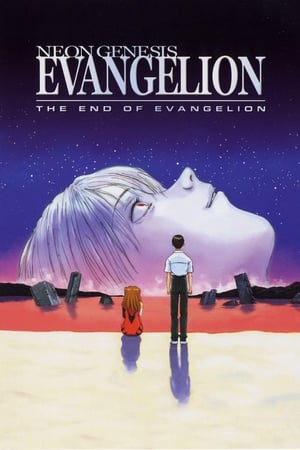 8.3
8.3Neon Genesis Evangelion: The End of Evangelion(ja)
SEELE orders an all-out attack on NERV, aiming to destroy the Evas before Gendo can advance his own plans for the Human Instrumentality Project. Shinji is pushed to the limits of his sanity as he is forced to decide the fate of humanity.
 6.0
6.0Le Guignon(en)
Jon Rafman's short features computer-generated renders of the Twin Towers and a narration from Charles Baudelaire's "Le Guignon."
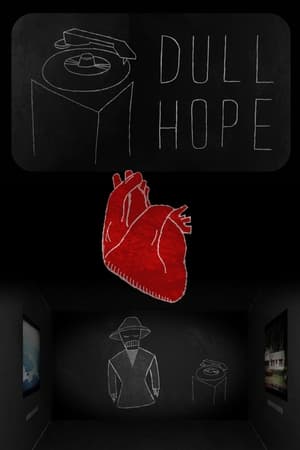 10.0
10.0Dull Hope(en)
Suppressed memories reach a boiling point. An animated tale of longing. “The Experimental section saw Non Films’ Dull Hope scoop the premier place as category winner. Half animation and half movie footage, this hybrid resonated very much with the judging panel who deemed it to be a sad dirge on personal memories and heartbreak.” – The Guardian Directed & Animated by Brian Ratigan Music & Sound Design by Nick Punch (R.I.P.) Produced by Non Films
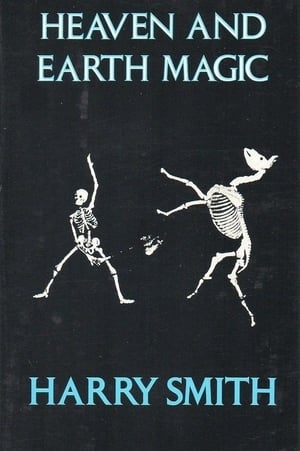 5.6
5.6Heaven and Earth Magic(en)
The first part depicts the heroine's toothache consequent to the loss of a very valuable watermelon, her dentistry and transportation to heaven. Next follows an elaborate exposition of the heavenly land, in terms of Israel and Montreal. The second part depicts the return to Earth from being eaten by Max Müller on the day Edward VII dedicated the Great Sewer of London.
 0.0
0.0Money, a Mythology of Darkness(el)
In a nightmarish world, dominated by the decline and degradation of Man , Christ resurrected wandering, across three different eras of human history.
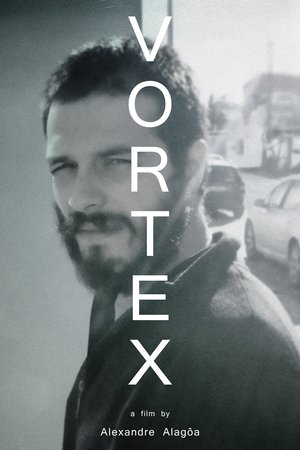 6.0
6.0Vortex(pt)
A corridor of an apartment is transformed into a claustrophobic and vertiginous vortex that swallows and imprisons you in an infinite fall through a mise en abyme: it’s a pure enclosure inside the image world, it’s the Descent into the Maelstrom.
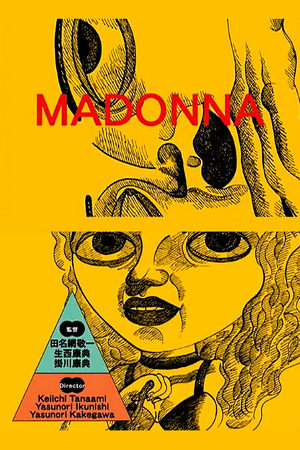 8.0
8.0Madonna(ja)
In Madonna, Tanaami employs his signature collage-style animation, combining pop art influences, retro aesthetics, and surrealistic motifs. The film explores themes of desire, fantasy, and memory, often referencing elements of post-war Japanese culture and American pop culture.
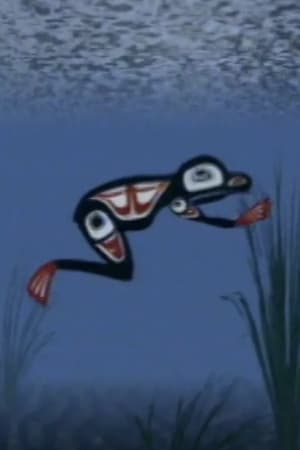 0.0
0.0Totem Talk(en)
Traditional Northwestern Indigenous spiritual images combined with cutting-edge computer animation in this surreal short film about the power of tradition. Three urban Indigenous teens are whisked away to an imaginary land by a magical raven, and there they encounter a totem pole. The totem pole's characters—a raven, a frog and a bear—come to life, becoming their teachers, guides and friends. Features a special interview with J. Bradley Hunt, the celebrated Heiltsuk artist on whose work the characters in Totem Talk are based.
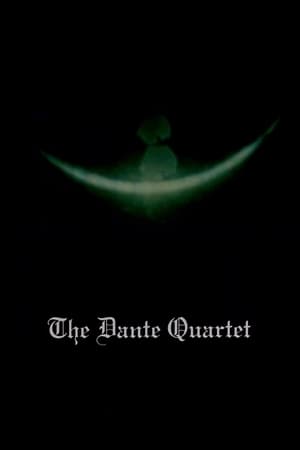 6.3
6.3The Dante Quartet(en)
A visual representation, in four parts, of one man's internalization of "The Divine Comedy." Hell is a series of multicolored brush strokes against a white background; the speed of the changing images varies. "Hell Spit Flexion," or springing out of Hell, is on smaller film stock, taking the center of the frame. Montages of color move rapidly with a star and the edge of a lighted moon briefly visible. Purgation is back to full frame; blurs of color occasionally slow down then freeze. From time to time, an image, such as a window or a face, is distinguishable for a moment. In "existence is song," colors swirl then flash in and out of view. Behind the vivid colors are momentary glimpses of volcanic activity.
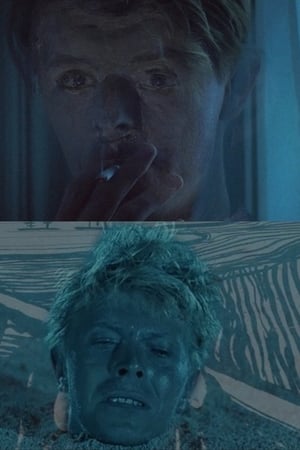 8.0
8.0Munchsferatu(fr)
Munchsferatu is a painter who has become a vampire by living only for his art. An experimental narrative mashup film with David Bowie, Gérard Depardieu, Christina Hendricks and Josiane Balasko.
 6.7
6.7Atman(ja)
ĀTMAN is a visual tour-de-force based on the idea of the subject at the centre of the circle created by camera positions (480 such positions). Shooting frame-by-frame the filmmaker set up an increasingly rapid circular motion. ĀTMAN is an early Buddhist deity often connected with destruction; the Japanese aspect is stressed by the devil mask of Hangan, from the Noh, and by using both Noh music and the general principle of acceleration often associated with Noh drama.
Dada(en)
A (barely) two minute short is that it was made specially for a Paramount newsreel segment on Bute and Nemeth making films in their teensy New York apartment. Paramount apparently never got round to including the filmmakers in any newsreel, but their own film survived in the Bute-Nemeth Archive. (weirdwildrealm.com) To the rhythm of music that sounds a bit like a Busby Berkeley tune, lines and circles appear against a black background. Then triangles, in groups. Black and white squares move in tandem. Sparkling forms turn in kaleidoscopic patterns. Then cubes appear, white against the background, bouncing; a yin and yang rotate a few times before the film ends with an quick burst of scattering light.
 0.0
0.0Cyclepaths(xx)
An old woman is carrying shopping bags. A child with a gun is riding a scooter. Birds are flying. A city is falling. A party is lit.
 5.0
5.0Karma Cartel(ml)
In an urban Indian city, A struggling actor battles for his career, but his friend who loses money in a scam deal commits an action that puts both of their lives in danger. The three last days before the incident follows the struggling actor, an ambitious filmmaker, a wannabe hustler, an opportunist, a lover and two cinephile thugs, through an inter-twining vignette of their lives.
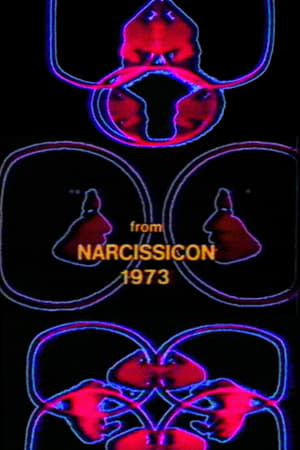 0.0
0.0Narcissicon(en)
A narrative self-discovery theme done in real time in Art Nouveau style.
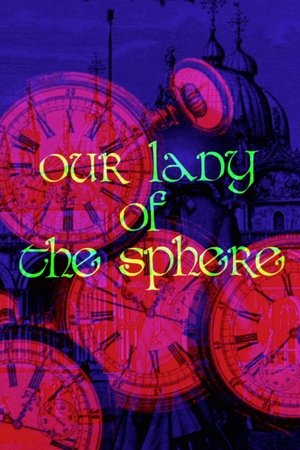 4.9
4.9Our Lady of the Sphere(en)
Animation using cutout animation to craft a bizarre science fiction experiment. Moving spheres, such as balloons and bubbles, are superimposed on static backgrounds to suggest travel and discovery.

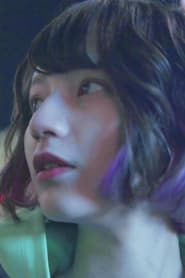
![トキノ交差 Tokino KOUSA [YouTube ver.]](https://img.youtube.com/vi/UbKqqjDy38E/sddefault.jpg)


